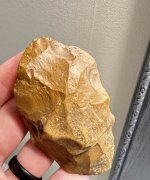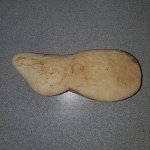Rebel - KGC
Gold Member
- Jun 15, 2007
- 21,680
- 14,739
Yeah, they asked me, too. Told 'em that I wasn't interested & to get in touch with you... GOOD LUCK! Info that I have on James Beverly Risque's Plantation/Farm came from several "sources"; along the James River with Dreaming Creek; up past Judith Creek (from Boonesboro) on Rt. 151 North near Eagle Eyrie on the right side; CAN be seen from Sandusky (home of the Hutters). Will look for "Net Sources", tomorrow.



 Opinion?
Opinion?



